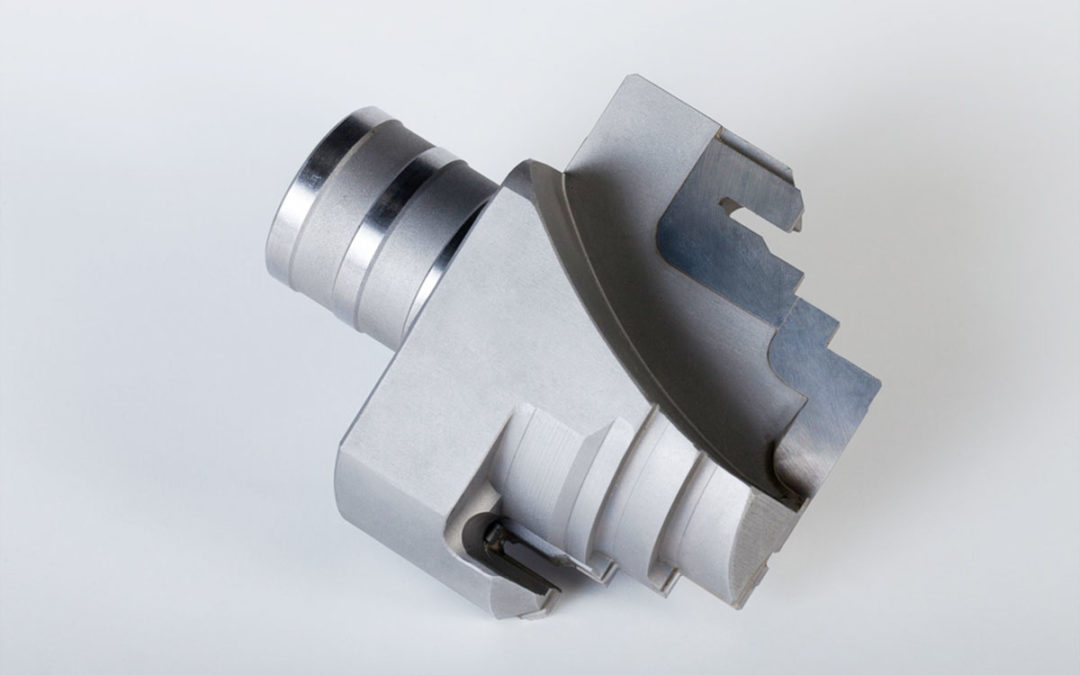As is known, machining by chip removal with rotating tools on lead-free brass requires special precautions in the construction of the tool itself, in order to allow modern transfer machines and machining centers to obtain state-of-the-art parts while keeping high productivity. In the previews articles we saw the first and the second of the 3 aspects, namely the HELIX SHAPE OF THE TOOL, and the NEED FOR COOLANT HOLES. Today we see the third of our tips that impact the workability of this material.
TOOLS‘ CUTTING DIAMATER SHOULD BE INCREASED COMPARED TO THE NOMINAL DIMENSION TO BE OBTAINED.
Basically it is a good idea to increase the diameter of the tool, compared to the desired diameter shown in the drawing. Why? This is due to the greater thermal expansion of lead-free brass compared to traditional leaded brass: despite the coolant, once the machining has been carried out and the tool has been withdrawn, the diameter of the piece will tend to shrink. It is therefore good to increase the diameter to compensate for the expansion. The extent of this increase varies according to the parameters that UMR has well defined over the years, for example on diameters between 10 and 20 mm, the increase will be 0.01 mm. Different increases are to be provided for larger or smaller diameters.
Our technical department is available to evaluate your projects, contact us to find out if and how we can help you!

